Is soil biotic or abiotic?
Soil is a mixture of organic and inorganic material that is found on the Earth’s surface.
It is a vital part of the ecosystem and is home to many different types of organisms.
Soil can be biotic or abiotic, depending on the type of organism that lives in it.
Let’s review the difference between biotic and abiotic soil, and explore why it is important to know which one you are dealing with!
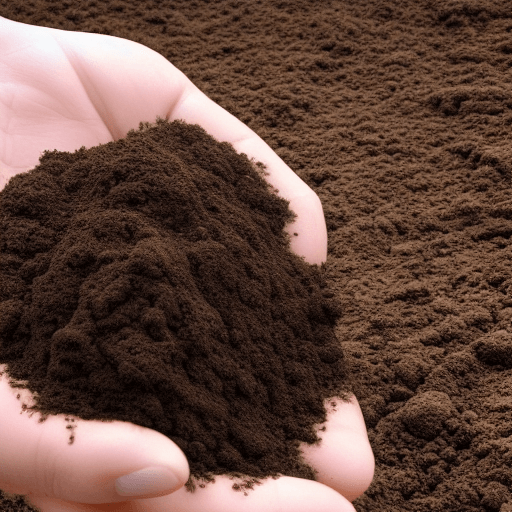
Soil is both biotic and abiotic.
The biotic portion of soil includes bacteria, fungi, and other microorganisms that contribute to decomposition and nutrient cycling.
The abiotic portion of soil includes minerals, water, air, and organic matter.
Soil formation is a complex process that is influenced by both biotic and abiotic factors.
Is soil biotic or abiotic?
Soil is both biotic and abiotic
Abiotic factors include:
- temperature
- light
- water
- minerals
Biotic factors include:
- living organisms
- bacteria
- fungi
- plants
Together, these factors interact to create a complex and diverse ecosystem.
Soil can be thought of as a living system; it is constantly changing and evolving in response to the surrounding environment.
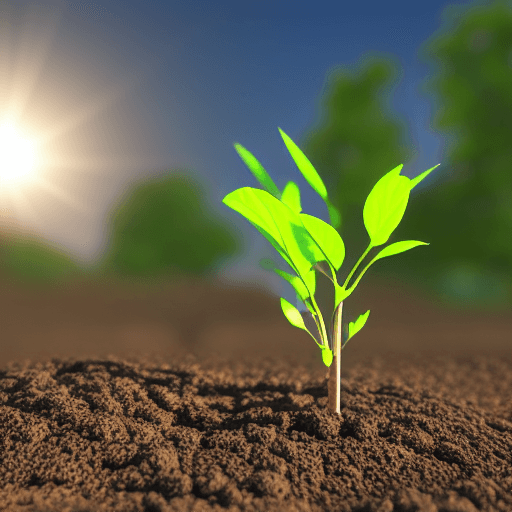
The term “soil” refers to the top layer of the Earth’s surface, which is composed of both organic and inorganic matter.
Soil provides a home for many different types of life, from microscopic bacteria to large mammals.
It is also an important resource for humans, providing us with food, water, and shelter.
Is soil considered an abiotic or biotic factor?
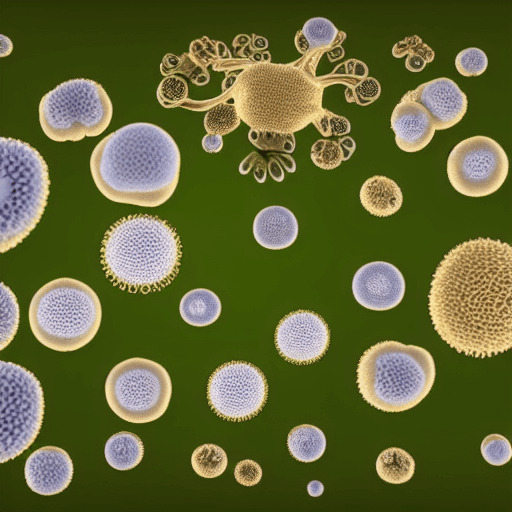
Soil is a complex mixture of minerals, organic matter, water, and air.
It forms the essential environment for plant growth, providing nutrients, anchorage, aeration, and drainage.
Soil also moderates temperature and stores water. Although it is frequently considered an abiotic factor, soil actually contains a wide variety of organisms that perform vital functions within the ecosystem.
These organisms include bacteria, fungi, algae, protozoa, and nematodes.
Together, they help to decompose organic matter, recycle nutrients, and provide Store water.
They also help to moderate soil temperature and pH levels. In other words, the soil is both an abiotic and biotic factor.
Although the majority of organisms are beneficial, some can cause problems for plants by competing for resources or introducing diseases. For this reason, it is important to carefully monitor the health of your soil to ensure that it remains productive and supportive of plant life.
What is the difference between biotic and abiotic soil?
Biotic soil is composed of organic matter that comes from plant and animal life.
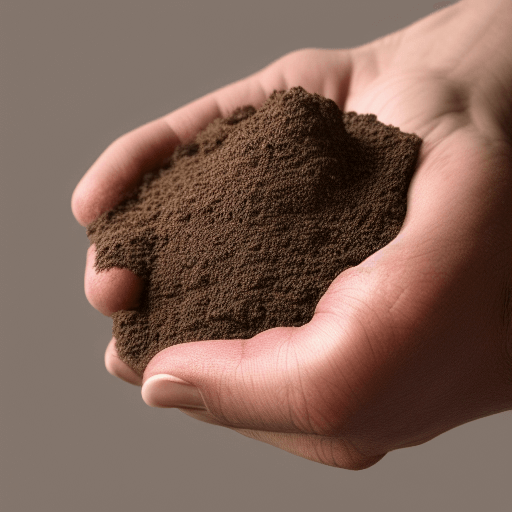
This type of soil is teeming with microorganisms, including bacteria, fungi, and protozoa. These organisms help to break down organic matter and release nutrients into the soil.
In contrast, abiotic soil is non-living and does not contain any organic matter.
This type of soil is typically found in deserts or other arid environments. Although it lacks the nutrient-rich environment of biotic soil, abiotic soil can still support plant life if it contains enough moisture and sunlight.
What are the biotic and abiotic factors that contribute to soil formation?
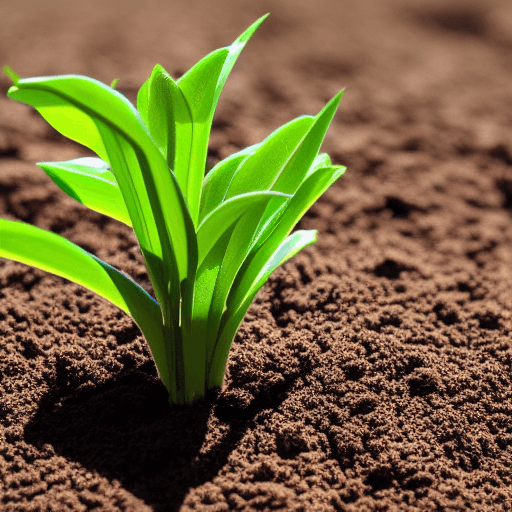
Soil is essential for supporting plant life, but it does not form overnight.
Rather, it is the result of a long and complex process that involves both biotic and abiotic factors.
Biotic factors are living organisms, such as bacteria, fungi, and earthworms, that help to break down organic matter and release nutrients into the soil.
Abiotic factors are non-living elements, such as climate, rock type, and amount of rainfall, that contribute to the formation of soils.
Over time, these factors work together to create the diverse array of soils that we see today.
Without them, plants would not be able to take root and grow. As such, they play a vital role in the maintenance of our world’s ecosystems.
What are some of the benefits of biotic soil and abiotic soil?
Soil is essential for plant growth and fertility.
It is made up of both biotic and abiotic components, each of which provides essential nutrients and benefits. Biotic soil includes living organisms such as bacteria, fungi, and worms.
These organisms help to decompose organic matter, release nutrients, and improve drainage. Abiotic soil includes inorganic materials such as sand, clay, and minerals.
These materials help to aerate the soil, retain moisture, and provide essential nutrients. Together, biotic and abiotic soil components create a dynamic environment that supports plant growth.
Why is it important to know whether the soil is biotic or abiotic
Soil is a complex and ever-changing environment that supports a variety of plant and animal life.
To understand how soil functions, it is necessary to know whether the soil is biotic or abiotic.
Biotic soil contains living organisms, such as bacteria, fungi, and worms.
These organisms play an important role in breaking down organic matter, aerating the soil, and providing nutrients for plants.
Abiotic soil does not contain any living organisms. Instead, it is made up of inorganic materials, such as sand, clay, and rocks.
Although abiotic soil is not alive, it still plays an important role in plant growth. For example, sand helps to improve drainage, while clay helps to retain moisture.
By knowing whether the soil is biotic or abiotic, growers can better understand how to manage the soil and support plant growth.
Article Sources
Jacks of Science sources the most authoritative, trustworthy, and highly recognized institutions for our article research. Learn more about our Editorial Teams process and diligence in verifying the accuracy of every article we publish.
